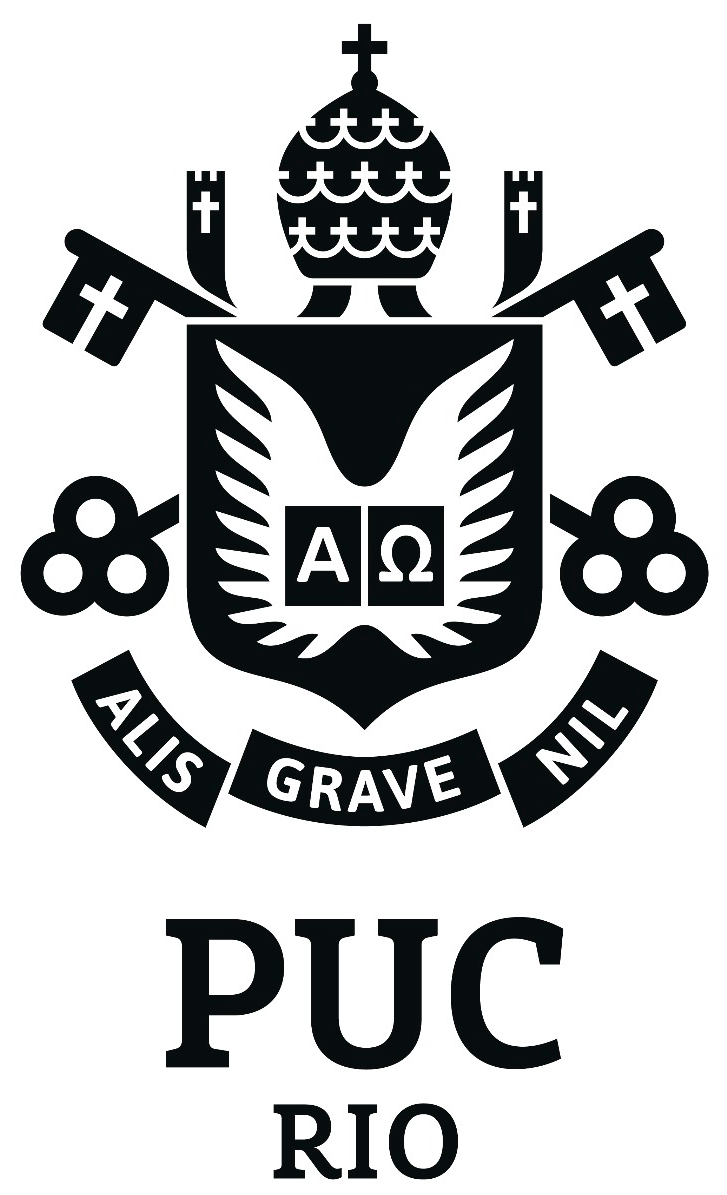Price selection
Price selection is a simple, model-free measure of selection in price setting and its contribution to inflation dynamics. It exploits comovement between inflation and the level from which adjusting prices departed. Prices that increase from lower-than-usual levels tend to push inflation above average. Using detailed micro-level consumer price data for the United Kingdom, the United States, and Canada, we nd robust evidence of strong price selection across goods and services. At a disaggregate level, price selection accounts for 37% of inflation variance in the United Kingdom, 36% in the United States, and 28% in Canada. Price selection is stronger for goods with less frequent price changes or with larger average price changes. Aggregate price selection is considerably weaker. A multisector sticky-price model accounts well for this evidence and demonstrates a monotone relationship between price selection and monetary non-neutrality. Revisto em maio 2021
Artigo aceito para publicação no Journal of Monetary Economics

